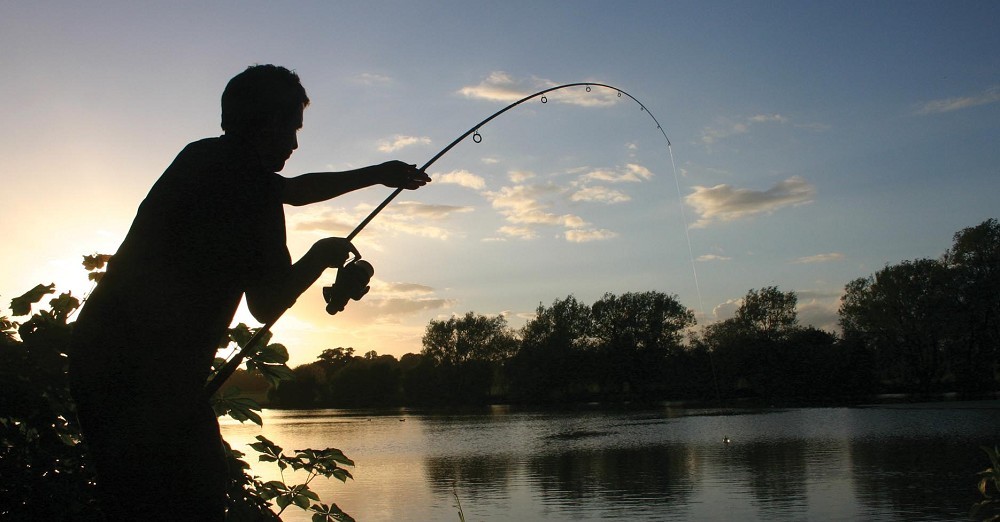
Clutch or backwind? What's better?
Which is better and why? Martyn Skoyles will now explain..
Q I have noticed that some anglers back wind when playing a fish. Are there occasions when this method would be preferable to relying on the drag mechanism of modern reels? Tony Charlton, via e-mail
A “The drag mechanisms of modern reels are very reliable, so I think it’s fair to say that the majority of carpers these days use the drag facility to a greater or lesser extent. Years ago when the clutches on reels weren’t so reliable it was much more common to backwind instead, and so for some anglers it’s simply a habit that has stuck with them. However, there are also a couple of reasons why you might consider back winding instead.
“Firstly, in some situations it can offer more control, as you can fish with a fairly tight clutch and then only backwind when you want to give line. This can be particularly useful if fishing near snags for example, when you can fish locked up and then only allow line to be taken once you have guided the fish away from danger and into open water. Another potential reason is that winding against or using a slipping clutch can dramatically increase line twist, so back winding can be kinder to your main line.
“I would ultimately suggest going with whichever feels most comfortable to you. Personally, most of the time I find myself using the clutch and adjusting it while I’m playing a fish, often starting tight and going slightly less as the fish nears the net.”
Playing off the clutch
How to do it - and more importantly - how not to do it
01 Setting the clutch in advance is key to ensuring it reacts at the right tension and do this by pulling the line through the guides when loading the rod, not directly from the reel. Do this by either fixing the line to a post or get someone’s help.
02 The closer the fish gets to you, the less tension you can apply if you expect eruptions from fish when they get under the rod. When the rod is upright and acute in angle, instant runs can load a rod too fast for it to start bending… then crunch: a tip part slides down towards the escaping carp. Front drags can be a saviour in this situation.
03 Controlling a running fish can be easily achieved on some reels by applying the palm of your hand to the spool skirt.
04 When you invest in a good front drag, it will probably have felt washers in the assembly. These will be grease impregnated, however, over time they become compressed and reduced in effectiveness. Get a reel service at one of the good dealers who do servicing or get the manufacturer to do it. It will be worth it.
05 When storing any reel, try to do so with the drag knob loosened off. This will extend the performance by ensuring the washer assembly isn’t permanently compressed.
06 And finally, always have a check now and again under the surface of the drag knob. Reels receive a lot of grunge and grit especially the stuff that bounces up during big downpours.



